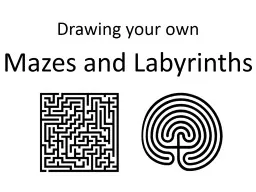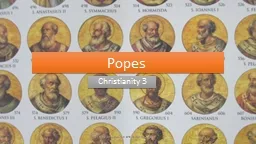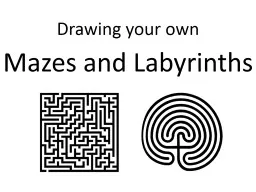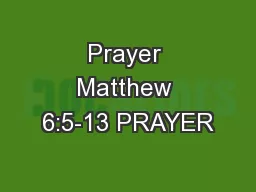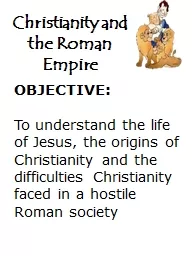PPT-Christianity and Prayer Labyrinths
Author : luanne-stotts | Published Date : 2017-05-11
Journeying Through It Together by Sharlyn Menard 2016 Sharlyn Menard All Rights Reserved Spirals show up in Creation 2016 Sharlyn Menard All Rights Reserved
Presentation Embed Code
Download Presentation
Download Presentation The PPT/PDF document "Christianity and Prayer Labyrinths" is the property of its rightful owner. Permission is granted to download and print the materials on this website for personal, non-commercial use only, and to display it on your personal computer provided you do not modify the materials and that you retain all copyright notices contained in the materials. By downloading content from our website, you accept the terms of this agreement.
Christianity and Prayer Labyrinths: Transcript
Download Rules Of Document
"Christianity and Prayer Labyrinths"The content belongs to its owner. You may download and print it for personal use, without modification, and keep all copyright notices. By downloading, you agree to these terms.
Related Documents




